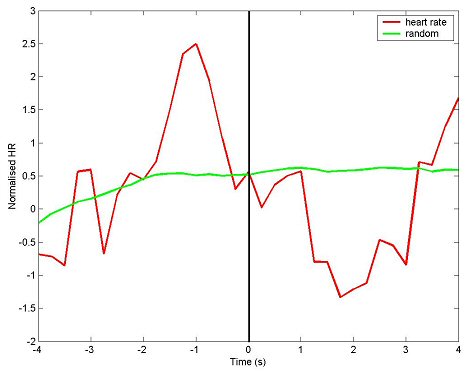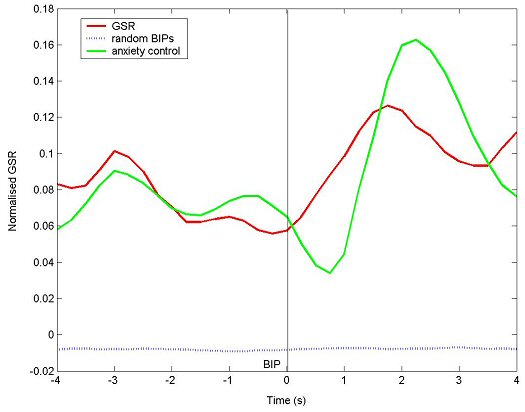




|
Agoraphobia Research in virtual and mixed reality |
University College London has been working for a number of year on the use of Virtual Environments within the area of phobia treatment. Previous work focussed on social phobias and Fear of Public Speaking, collaborating on a number of experimental and pre-clinical trials on the utility of immersive virtual environments in treating these conditions. Currently several studies are being undertaken with Equator's assistance in particular on agoraphobia. Could suffers of agoraphobia to learn how to cope with their anxieties using the latest technology in the area of Virtual Reality (VR)? Computer graphic experts are currently able to create believable artificial environments in which people can learn how to overcome their fears, and acquire stable strategies of situational behaviour that would help them to deal with the world of others, in a public space
The idea is to recreate a believable artificial environment that stimulates physical responses as a real one, but that can be individually controlled by the suffer to experience only the features that can be handled by the patient. As the techniques to cope with the anxiety are learned trough a number of virtual sessions, the richness of the environment is increased to transform the virtual into a real world bringing the patient to be able to cope with the anxieties in the everyday experience. Our studies in computer science have not focussed on treatment itself, but have shown that virtual environments have appropriate effects on users and thus can be used in therapeutic situations. our agoraphobia work is a mechanism for studying what makes virtual environments effective. By effective, we mean both generating a reported subjective sense of "being there", but also generating appropriate objective responses. Our focus in the recent round of experiments has been in establishing physiological measures that can be used to confirm that a person is suffering from stress. By using stress as a surrogate for presence, we can investigate appropriate responses. Physiological measures have been used in an attempt to overcome these problems with the traditional questionnaire approach. The method consists in recording the physiological response during the virtual experience. There are numerous physiological measurements that could be recorded during a study, using non-invasive devices. Usually the most common are Electro EncephaloGram (EEG), Electro CardioGram (ECG), Blood Volume Pulse (BVP), Galvanic Skin Response (GSR) (also named Skin Conductance Response SCR), Heart Rate (HR) and respiration. We are currently attempting to build models that integrate this with our previous "breaks in presence" studies. The hypothesis was that during immersion in a VE a participant simultaneously perceives two streams of sensory data: from the real world and also from the virtual world. A "break in presence" is any event whereby, for the participant, at that moment, the real world becomes apparent, and for the duration of that event, the participant acts and responds more to the real world setting than to the virtual world. In our first Study, it was clear that the reported presence variable is negatively correlated with the number of BIPs. There is, therefore, a highly significant relationship between the number of BIPs collected during the experience and the presence questions administered after the experience. The analysis of the physiological signals show that the mean heart rate appears to increase and reach a peak approximately 1 second before a BIP is signalled and the mean SCR reaches a peak approximately 1.8s after the BIP. CLICK ON IMAGES TO SEE AN ENLARGED VERSION At the moment, we are running the third study in a series of studies designed to uncover cues that play an importance in enhancing the realism and believability of simulations of urban environments. Previous studies highlighted two main factors in maintaining the believability of the environments and of the characters populating them. The purpose of these studies were three folds: The current study focuses on the perception of realism in urban virtual environments. It was designed to explore three aspects important to create a believable virtual environment: sense of space, realism of textures in VE and believability of characters in the VE. We are looking at interaction effects between different levels of visual realism and behavioural realism of the virtual environment and the inhabiting characters. Three main factors have been designed:
The scenario is a common street with shops and people walking on the pavements .
The analysis of the physiological signals is addressed to verify the previous works about the anomalies and to define a tool for the identification of the BIPs during the VR experiences. GSR is analysed with the wavelet techniques and a high frequency (256 Hz) ECG is used to make Hear rate variability (HRV) analysis all over the BIPs occurrences.
Discussion Documents:
|
||||


